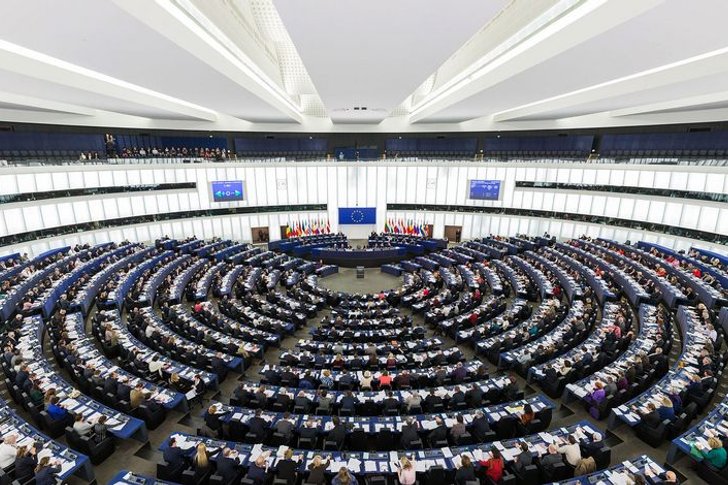The French city with a typical German name - Strasbourg, has long been a bone of contention between the two neighboring states. But now it has long since become the unofficial capital of a united Europe and the center of the administrative power of the European Union. In addition, Strasbourg is the intellectual center of France, the prestigious Strasbourg University is located here.
The main city of the Alsace region boasts a long and rich history. Temples built in the 12th century still stand in the old quarters, and picturesque half-timbered houses adorn the squares. There are many interesting museums, beautiful parks and historical monuments in Strasbourg, so the excursion program promises to be bright and interesting.
What to see and where to go in Strasbourg?
The most interesting and beautiful places for walking. Photos and a short description.
- Little France
- Kléber Square
- Gutenberg Square
- Strasbourg Cathedral
- Church of Saint Thomas
- Church of St. Peter the Young
- St. Paul's Church
- House of Kammerzell
- Rogan Palace
- Historical Museum of Strasbourg
- Notre Dame Museum
- Alsace Museum in Strasbourg
- Strasbourg Museum of Modern Art
- Children's Science Center Le Vaisseau
- Botanical Garden
- Vauban Dam
- Covered bridges
- The building of the old customs
- Strasbourg train station
- European Quarter
"Little France"
A romantic and picturesque quarter, inscribed on the UNESCO World Heritage List. Back in the 16th century, fishermen and artisans engaged in leather dressing settled here, which is why an unpleasant smell took root in the streets. Now "Little France" has turned into an exquisite historic district with half-timbered houses, balconies immersed in flowers, quiet lanes and covered bridges across the Ile River.

Kléber Square
The square is located in the historical center of Strasbourg, where official ceremonies, social events and various celebrations are held. In the middle there is a monument in honor of a native of Strasbourg - General Kleber. The sculpture was created by F. Grass in the middle of the 19th century. The square is surrounded by picturesque historic mansions that house office buildings, restaurants and shops.

Gutenberg Square
The place is named after I. Gutenberg, the world-famous inventor of the printing press. Thanks to this ingenious invention, Strasbourg gained all-European fame and became the cultural capital of the region for 200 years. The square is decorated with a monument to the master, which was installed in 1840. Interestingly, the images of Gutenberg have not been preserved, so the sculptor simply invented his appearance.

Strasbourg Cathedral
Cathedral, the construction of which began in the XI century. Previously, there was a Roman sanctuary on the site of the temple. Over the long centuries of history, several styles have mixed up in the architecture of the cathedral - from early Romanesque to late Gothic. One of the main decorations of the cathedral is the astronomical clock of the XIV century. The chronometer dial shows the positions and orbits of the planets as understood in past centuries.
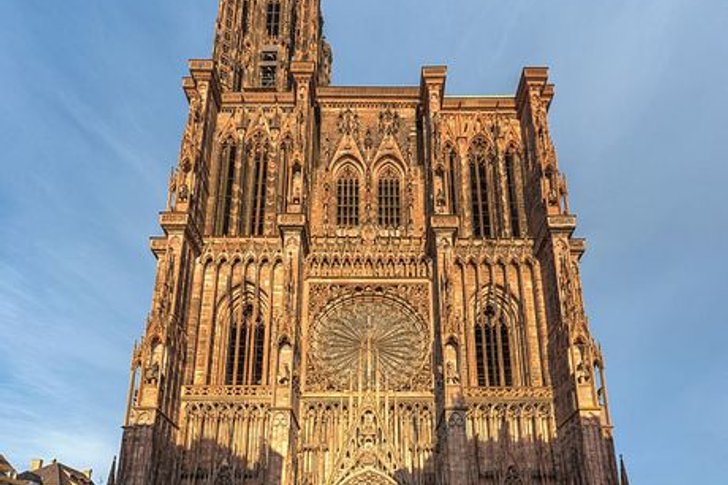
Church of Saint Thomas
The largest Lutheran church in Strasbourg, built on the site of an early Christian chapel from the 6th century. Until the 16th century, the Church of St. Thomas belonged to the Catholic parish, but thanks to the efforts of the local priest M. Buser, the church became Protestant. The facade of the building is made in a severe Romanesque style with Gothic elements, but the interiors are distinguished by splendor and variety.

Church of St. Peter the Young
Temple of the 11th century, which, like the Church of St. Thomas, was taken over by the Protestant Church in the 16th century. However, the Lutherans still left a small apse inside the building for the Catholics and separated themselves from them with a wall. So, until the 19th century, services of different branches of the church were held under one roof, until the Catholic community became crowded and moved to its own building. The interior of the Church of St. Peter the Young is decorated with original frescoes of the 14th century.

St. Paul's Church
Neo-Gothic building located in the central part of Strasbourg. The temple was erected at the end of the 19th century according to the project of L. Muller. During the Second World War, the building was badly damaged by bombings, restoration work began only in the 2000s. The temple belongs to the Protestant community, it was originally built for the German military garrison.
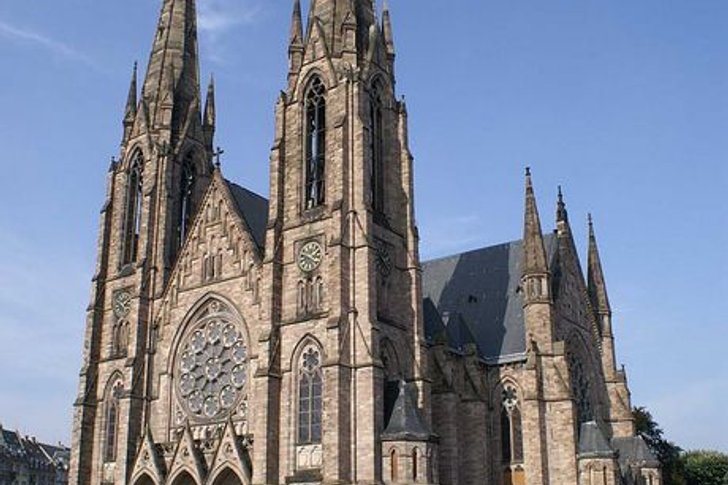
House of Kammerzell
An architectural monument of the 15th century, built in the half-timbered style, and later remade in the late Gothic and Renaissance style. The facade has 75 windows with figured frames, which depict scenes from the Bible, mythological characters, signs of the Zodiac and images of human feelings. The Kammerzell House is one of the most picturesque representatives of late German Gothic.
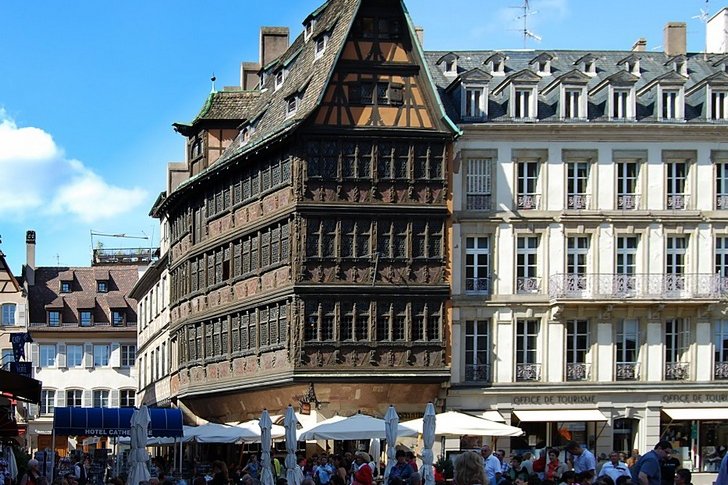
Rogan Palace
An 18th-century palace built on the site of an old residence of the archbishops by the will of Cardinal A. M. de Rohan-Subise, who was Bishop of Strasbourg. The architect J. Massol worked on the project of the building. Often people of royal blood visited Rogan, Louis IV, Marie Antoinette, Napoleon Bonaparte visited here. Today, the palace houses the Archaeological Museum, the Museum of Fine Arts and the City Museum of Applied Arts.

Historical Museum of Strasbourg
The museum exposition is located in a picturesque building of the 16th century, which served as a slaughterhouse for three centuries. In 1920, the mansion was turned into a museum by order of the city authorities. Among the valuable exhibits are old books, as well as the same Bible made by J. Gutenberg on the first printing press. Of no less interest is the collection of ancient weapons, household utensils and interior items.

Notre Dame Museum
Museum based on funds from the Virgin Mary Foundation. This society was created in the middle of the XIII century. Its members have done a lot to preserve the historical heritage of Strasbourg. The Notre Dame Museum exhibits paintings, sculptures, stained glass windows that once adorned the Strasbourg Cathedral. Here you can admire the works of J. Strigel, S. Stoskopf, G. Baldung and other masters of the Upper Rhine, who created in the period up to 1681.

Alsace Museum in Strasbourg
Ethnographic exposition dedicated to the culture, crafts and life of the historical region of Alsace. On the territory of the open-air museum there are old houses, in which the interior of the 18th - 19th centuries is recreated. With the help of enthusiastic enthusiasts, it was possible to collect dishes, interior items, furniture, toys, clothes of people who lived in Alsace 100-200 years ago. Exhibits were searched for in remote villages literally in storerooms and attics.

Strasbourg Museum of Modern Art
It is hard to imagine a touristic European city without its own museum of contemporary art. The Strasbourg Gallery began in the 70s. XX century. For a couple of decades, works of art were bought for the museum. Finally, the exhibition was opened, in 1998 the Museum Administration managed to collect an excellent collection of contemporary art objects created in the late 19th - early 21st centuries.
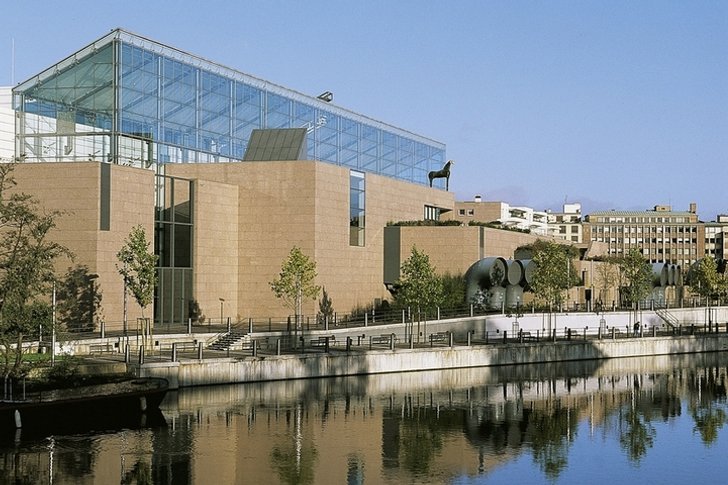
Children's Science Center "Le Vaisseau"
An interactive entertainment museum where the achievements of modern science are presented to children in an easy and interesting way. The territory is divided into thematic halls: the animal world, the secrets of sound and image, the human body, water, gardens, construction. The place will also be interesting for adults, as the museum has a lot of informative information presented in a relaxed, but at the same time memorable form.
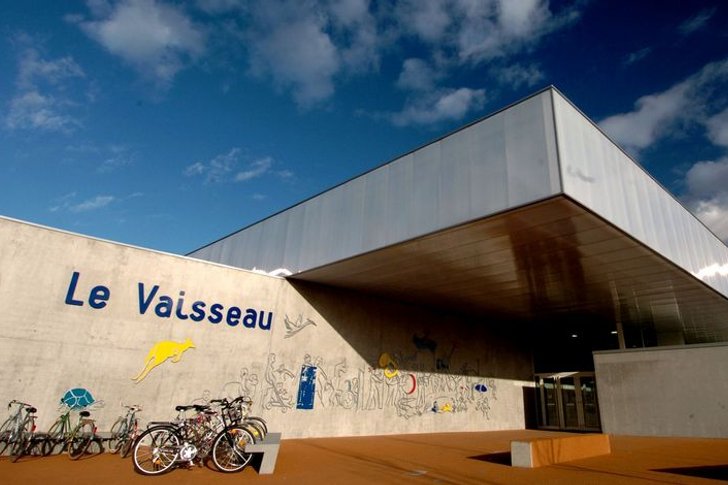
Botanical Garden
City park, located on a relatively small area of 3.5 hectares. Despite the small area, several thousand plants are placed here. The park was founded in the 17th century on the site of a monastery churchyard for the needs of the University of Strasbourg. According to the established tradition, this place continues to be popular with students. The planetarium is located on the territory of the garden.
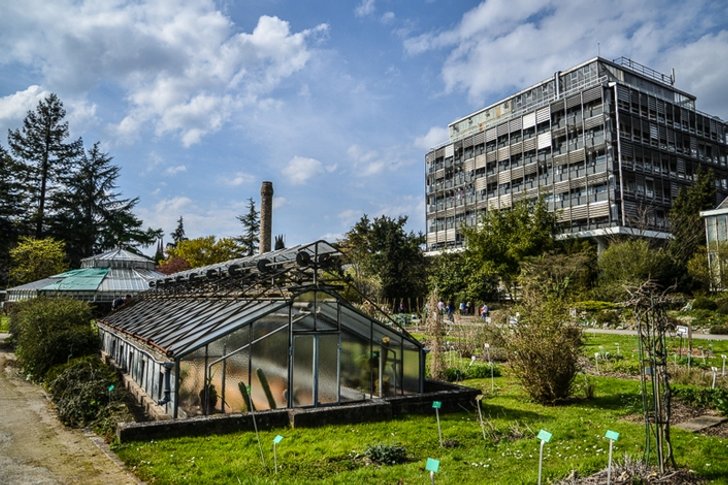
Vauban Dam
The dam was built in the period 1686-1700. in order to contain the river Ile. Engineer S. Vauban worked on the design project. It was assumed that in the event of an enemy attack, it would be possible to flood the southern part of Strasbourg. The dam is designed in the form of a covered bridge. The panoramic platform, equipped as a result of numerous reconstructions, offers an excellent view of the city.

covered bridges
The architectural ensemble of the XIII century, which once served as part of the defensive fortifications of Strasbourg. It consists of four massive square towers and bridges. Each tower was used for certain tasks (mainly, prisons and torture chambers were located on their territory at different times). Nowadays, the complex is a very popular and visited landmark of the city, there are always a lot of tourists here.

The building of the old customs
The construction was erected in the middle of the XIV century, as there was a need for customs control of goods transported along the Rhine. With the advent of customs, a regular collection of tax duties was established. The historic building was destroyed during World War II. Restoration took place in the 1950s. XX century. Today, an art gallery is located on the territory of the former customs house.
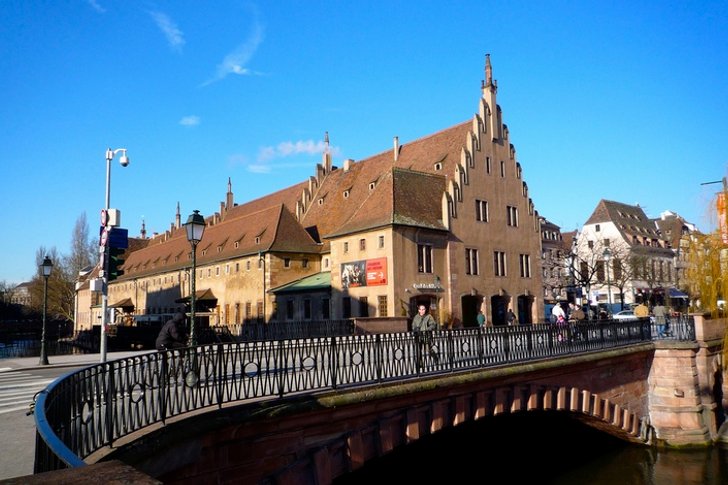
Strasbourg train station
Central city station, covered with a transparent glass dome. The station was solemnly opened in 1883, in 2006-2007. a grandiose reconstruction was carried out, which cost the city 150 million euros. As a result, the building acquired a larger glass gallery and heated floors. Strasbourg railway station is an important transport hub in the eastern part of France.
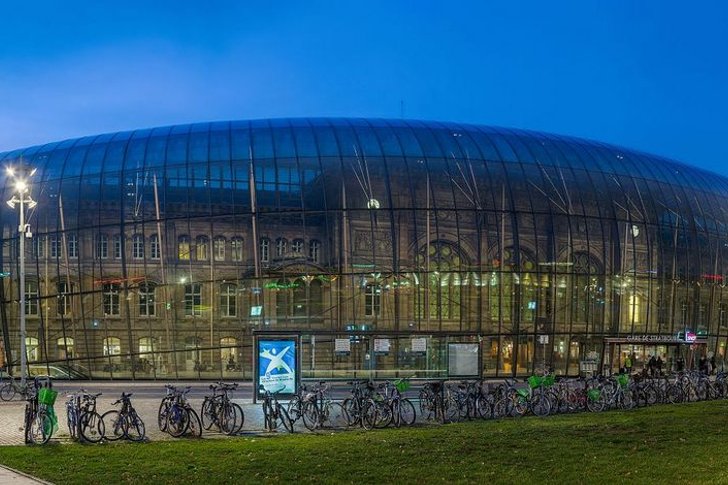
European Quarter
A large number of administrative institutions of the European Union are concentrated in Strasbourg: the Council of Europe, the ECHR, the Institute for Human Rights and others (more than 20 organizations in total). The headquarters of these organizations are located in the European Quarter, which covers several districts - Robertsau, Wacken and Orangerie. The first supranational structure appeared in Strasbourg in 1815, it regulated the issues of navigation on the Rhine River.
